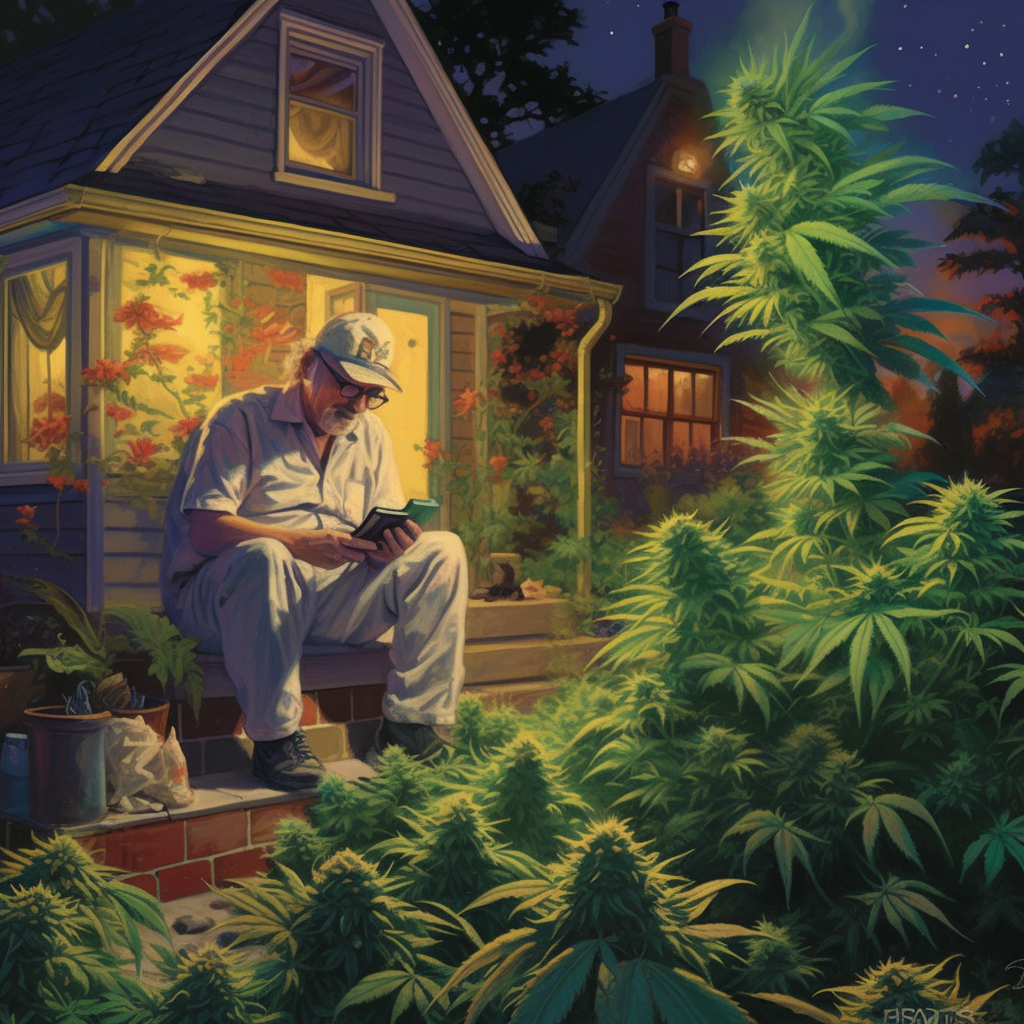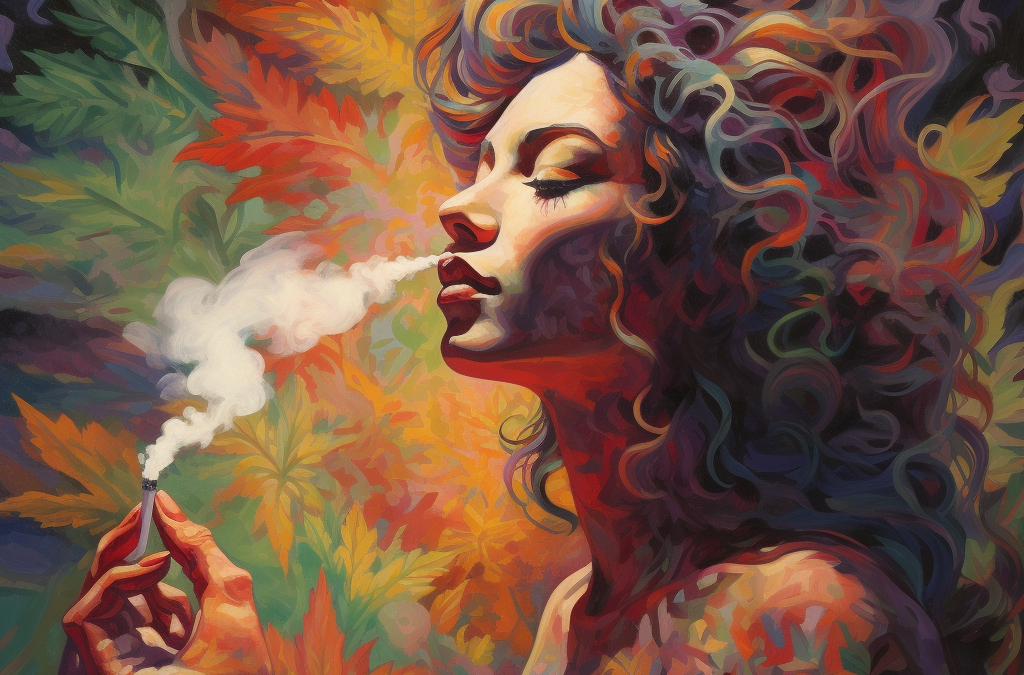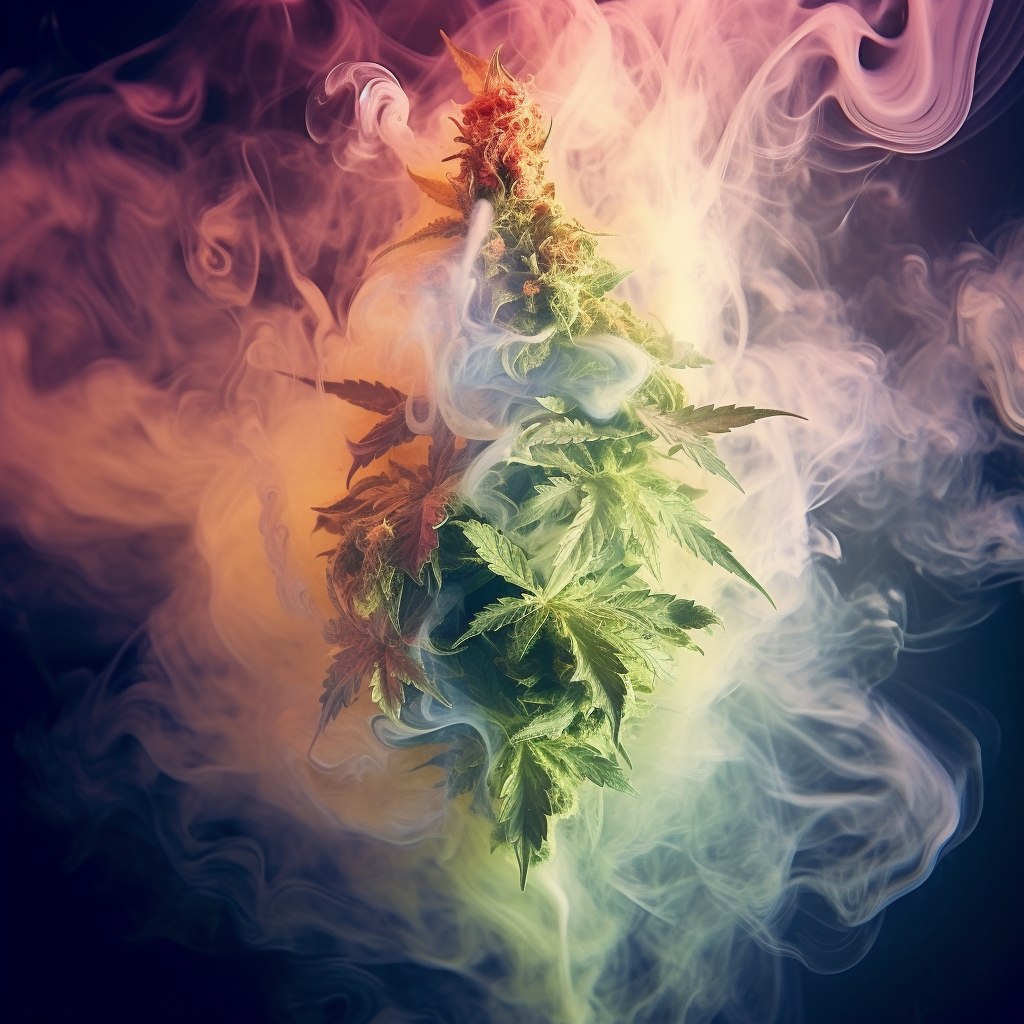
10 signs that your neighbors are cannabis users
Amidst the stereotypes, one can find cannabis users todayin all age groups and social classes, despite the ongoing prohibition. But how do you recognize one?Stoner? Are there hidden warning signs and traits that can expose cannabis enthusiasts? Here are ten lighthearted hints that might possibly help identify a cannabis enthusiastto uncover stoners among your neighbors.
1. Noticeable odor: The scent of cannabis lingers in the air.
The first hint is also one of the most obvious ones. Because while many substances are colorless and odorless, that is not the case with cannabis. The most noticeable aspect among cannabis users is the specific smell that accompanies its consumption. Whether it’s a bong, a joint, or a vaporizer, cannabis has a distinct aroma. This smell is so unique that if you’ve never encountered it before, you may not be able to immediately identify it. Therefore, the question arises: How are you actually familiar with this smell if you identify your neighbors as stoners based on the smell of weed?
2. The preference of stoners for the pizza delivery person.
Exhausted, you return home after a long and frustrating day at the office. As you enter the house, you’re annoyed to see that the Mjam delivery person has parked their bike in the staircase. Why should we show understanding if our boss doesn’t show any for us?
As you approach your floor, you already notice that your suspicious neighbors have once again ordered food. How can they even afford it? But that’s not all. You hear voices from their apartment, casually chatting with each other. Someone who orders so frequently must have something to hide. Can it really be that in a free country, everyone can do whatever they want? They must be stoners.
3. Frequent Visitors: Regular Guests in Large Numbers
It’s unfortunate that your alleged stoner neighbors are not unemployed. Otherwise, you could further devalue them. However, over time, you notice that there is almost daily visitation at their place. And even during the workweek? How can someone engage in paid employment and still have an interest in social interaction and interpersonal exchange? In your view, anyone who doesn’t go to work unhappily and return home equally unhappy is not a decent person: they must be stoners!
4. Stoners: A Look at Paranoia
Influenced by your prejudices and fueled by your imagination, your thoughts incessantly revolve around your alleged stoner neighbors. You would like to have evidence. But how do you proceed best? In a moment of complete frustration, the brilliant idea finally strikes you.
Since stoners are allegedly always paranoid, you decide to challenge them a bit in social interactions. Patiently, you lie in wait like a spider, waiting for the opportune moment. When you hear your neighbors leaving the apartment, you quickly put on your shoes to encounter them. Determined, you approach them, trying to come across as a tough proletarian. You shout far too aggressively and loudly, “Hey, what’s up!” Everything good with you guys? However, your stoner neighbors lower their gaze, avoid eye contact, and mumble quietly to themselves. In your prejudices, you continue to feel validated. Ultimately, since they are so paranoid, they must be stoners, according to your assumptions.
5. Way too nice
As you’re riding your bicycle on your way home from work, suddenly it starts raining, and you still have errands to run. In a rush, you enter the entrance area, eager to get everything done quickly. You leave your bike in the stairwell as you hurry to enter your apartment, eager to get out of your wet clothes and take a warm shower. But just as you’re about to head towards the elevator, you hear your neighbors already chatting happily in the stairwell. They are overly friendly towards you, especially your alleged stoner neighbors who spot you. They entangle you in an unnecessarily long conversation, laughing at your jokes, their gazes appearing glassy. As a Hessian, you know that overly friendly people are not common around here – they must be stoners!
6. Reggae and Stoners: A Musical Love for Eternity?
A person’s taste in music can reveal a lot about them. And, of course, your neighbors always have a similar tune playing. You’ve seen it in movies, and even your parents always looked critically at people with long hair and reggae music.
Another clue to support your suspicions is that reggae music always plays at the same time in your neighbors’ place. As soon as the first notes of “Stop That Train” start playing, you think to yourself, “Only unconventional people listen to reggae!” They must be stoners!
7. The Power of Wardrobe: How Clothing Shapes Our Impression
Whether it’s about hemp or jute, stoners love the casual style. Their pants are loose and not as tight-fitting as you prefer. Your carefree neighbors walk around as if they were at a carnival party in Jamaica.
Stoners have perfected the art of layering and wear it all year round, not just in winter. They stack vest upon vest and sloppily pull their hoods down low over their faces. Their relaxed style spoils your mood. You wonder if it’s because of the weed? All these questions occupy your mind as you ponder the world, dressed in leather pants and a dirndl. For you, clothing serves as a means to categorize and evaluate people. Anything else is anarchy! Since your neighbors obviously don’t conform to that norm, they must be stoners, according to your assumption.
8. The Connection Between Stoners and Dreadlocks: Stereotype or Reality?
This prejudice is probably as old as the stereotypes about stoners themselves. In your hometown, people with dreadlocks were derogatorily referred to as “hair pigs.” As a young boy, you already enjoyed gossiping and mocking others. It was better that others were targeted and not you. As long as others were mocked because of their hairstyle, you remained unscathed.
So, during your first encounter with your new neighbors, you already knew that they were not averse to hashish. Why else would someone wear dreadlocks if not as a homage to Bob Marley? Since the debate on cultural appropriation, dreadlocks are not as common anymore. Perhaps they have simply gone out of fashion as well. Nevertheless, some stoners persistently cling to their own stereotype of identity. For you, the dreadlocks of your neighbors are a definite indication. They have unconventional hair, so they must be stoners!
9. Joy and Liveliness: The Magic of Positive Mood
It’s one of those weekday evenings again when your neighbors have visitors. You’re sitting alone in your apartment, and suddenly their laughter seeps through the wall to reach you. It’s contagious and escalates into a full-blown fit of laughter. It sounds entertaining. You briefly entertain the thought of trying out smoking weed as well. But you quickly dismiss those thoughts and instead grab a beer from the fridge. As you sit there, sipping on your beer, you continue to hear their joyful laughter, jokes, and lively conversations in the background. But what are they actually laughing about? You wonder if anyone in our world who laughs can still be in their right mind. You come to the conclusion that they must be stoners.
10. The Preference of Stoners for Stickers: A Colorful Form of Expression
It immediately catches your attention as you leave the house. No wonder, you consider yourself the secret Batman of the residential complex – a vigilant guardian who always keeps a close eye on everything. With keen eyes, you spot a new sticker on your neighbors’ door. To your annoyance, it even carries a message that gets on your nerves: “Save the environment!” it boldly states.
The multitude of environmental stickers and occasional political statements, like the green cannabis leaf, are a source of irritation for you and a clear indication, according to your perspective. In your view, anyone who covers their door with stickers cannot be a decent person. You feel validated in your prejudices. What you suspected from the beginning seems to be proving true: they must be stoners!







